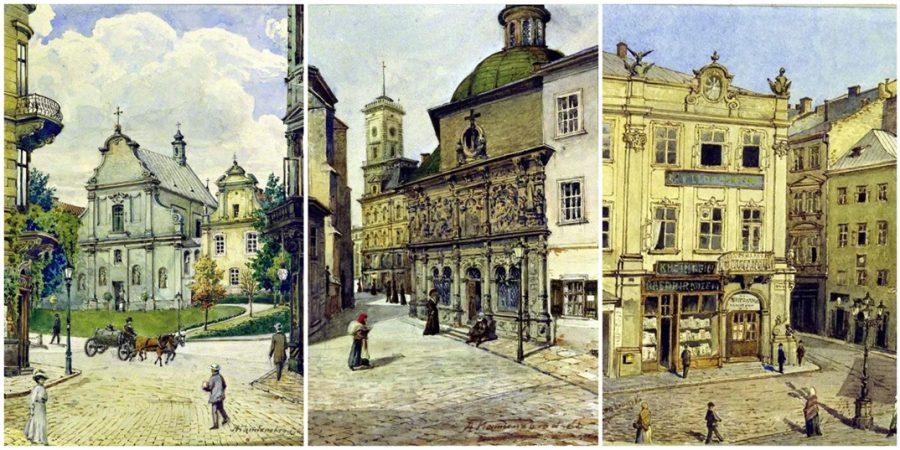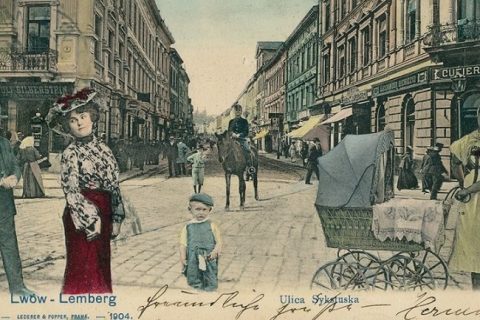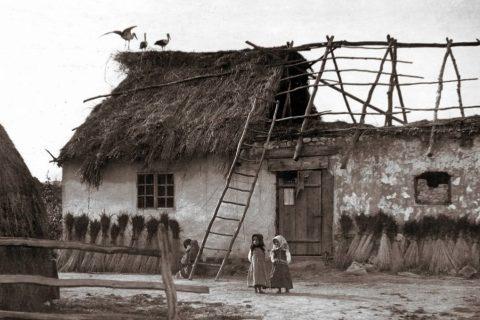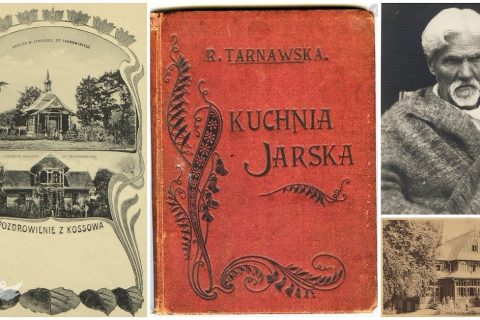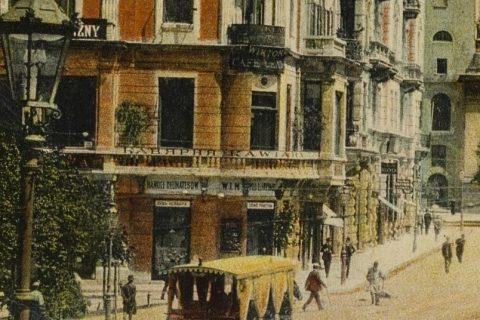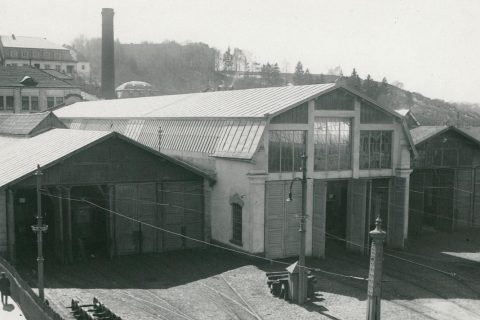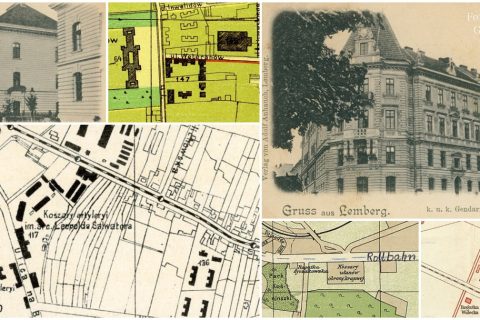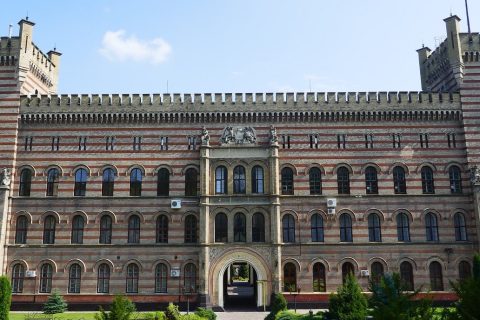Lviv at the Turn of the Century as Depicted through the Watercolors of Alfred Kamienobrodzki
Discover Lviv (Lemberg / Lwów) at the turn of the 19th-20th century through the watercolors of Alfred Kamienobrodzki (1844-1922), a talented architect and painter. His art beautifully captures the city’s architecture and landscapes, providing a nostalgic glimpse of Lviv’s past. Some of his watercolors can be found in the Historical […]
Read More
